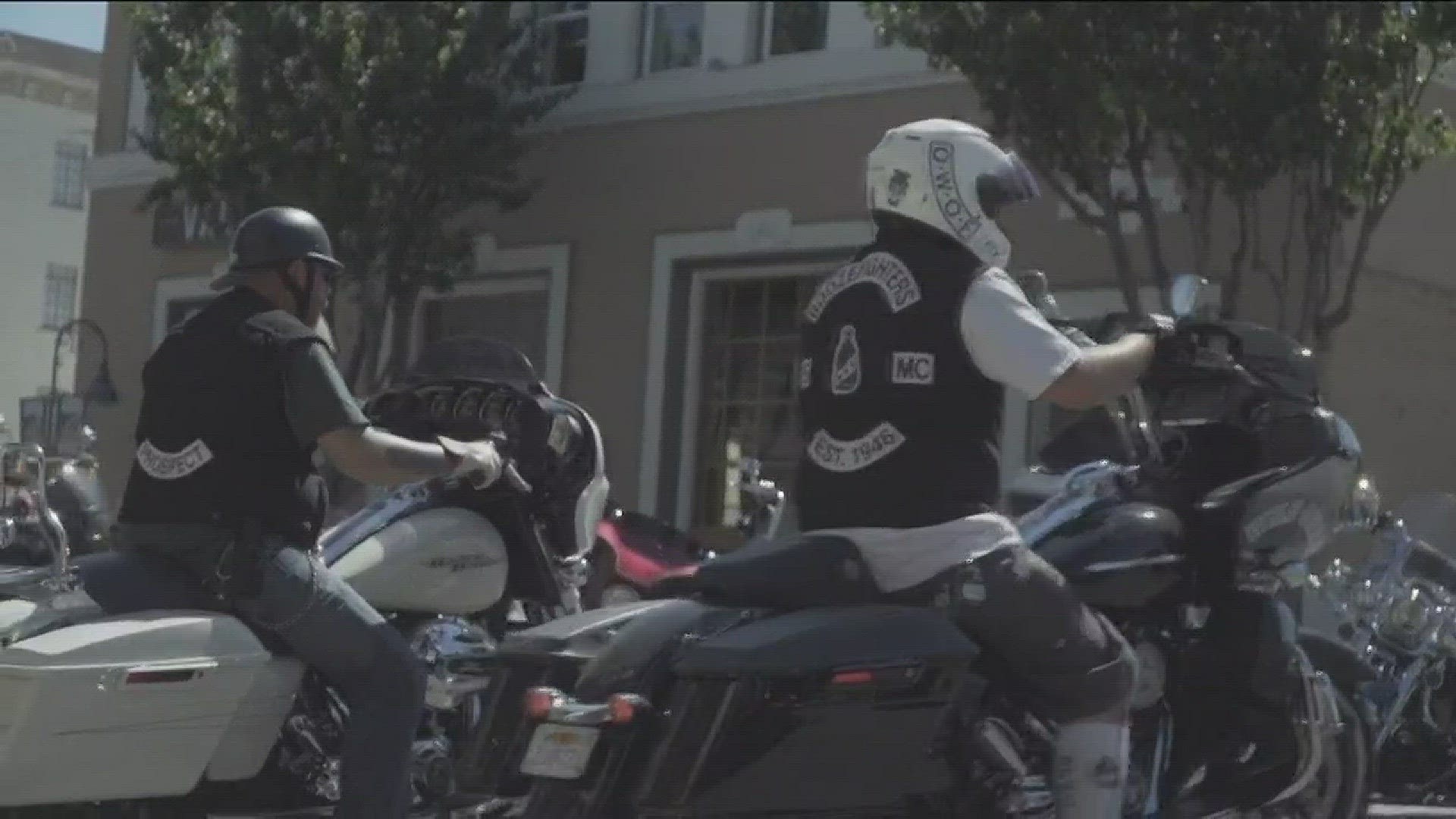The headlines alone were enough to make the ordinary, law-abiding citizen squirm:
Havoc in Hollister: Motorcyclists Take Over Town; Many Injured - July 6, 1947
Motorcyclist Horde Stages Riotous Meeting in Hollister - July 7, 1947
The 40 Hours That Shook Hollister: Charge of the Motorcycle Brigade Ends - July 7, 1947
These weren't the headers to tabloid drivel. No, these were titles to articles published by the San Francisco Chronicle and the Sacramento Bee in the wake of what one Chronicle staff writer described as "terrorism."
First, a little background: In 1947, the City of Hollister, a small agricultural town about 150 miles south of Sacramento, revived its annual Fourth of July motorcycle rally it had held prior to the start of World War II.
Less than a 1,000 attendees were expected to show up for the weekend's activities, but by the night of July 4, some 4,000 people had descended on Hollister, instantly doubling the city's population, according to averages from the U.S. Census Bureau.
The Chronicle had flown two of its reporters down to Hollister to cover the rally, and the highly stylized coverage that emerged from that weekend would go on to inspire the cult classic "The Wild One," starring Marlon Brando, and give birth to the image of the "outlaw biker."
But did "an estimated 4,000 motorcyclists" really "terrorize the city for two days," as the Chronicle reported? Were 100 persons "jailed during the ruckus for drunkenness, disturbing the peace and reckless driving," as was published in the Sacramento Bee?
To prove or bust the myth of the so-called riot, I rode down to Hollister last weekend, where the city was holding the 70th anniversary of the infamous rally, and talked to the one person who could set the record straight: Hollister Police Chief Dave Westrick.
"I've actually looked at the logbook for 1947, on July 4, and there was one arrest for public intoxication," Westrick said. "Really not much going on that day."
Westrick said his mother-in-law, who was 7 years old in 1947, remembers selling bread to the bikers who'd shown up to the rally, and described them as being "very nice."
Fred A. Earle, Hollister's Chief of Police during the incident, was quoted in the Chronicle as saying the gathering was "the worst 40 hours in Hollister's history."
Westrick disagrees.
"I think the incident was much ado about nothing back then," he said.
Still, despite the exaggerated claims (or "fake news"), the legend of the Hollister riot remains culturally significant, not only for bike enthusiasts and Brando's career, but for a whole generation who viewed anyone on a loud, chopped up motorcycle as a "hoodlum," "jerk," or "menace."
VERIFY: Source
Dave Westrick, Chief of Police, Hollister Police Department
VERIFY: Resources
San Francisco Chronicle, July 6 & 7 issues
Sacramento Bee, July 7 issue
july 7 1947 by Ian Hill on Scribd
july 6 1967 by Ian Hill on Scribd
Sacramento Bee by Ian Hill on Scribd

